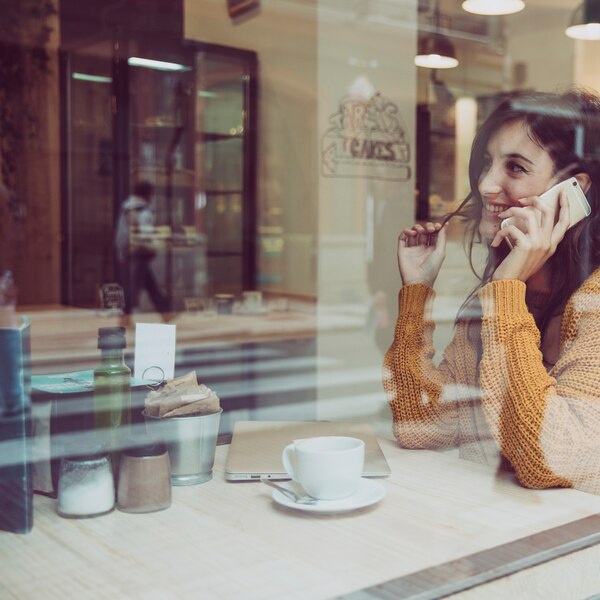Exploring Different Coffee Roasting Techniques
Coffee lovers around the world are always in search of the perfect cup, and a significant part of this quest involves understanding the art of coffee roasting. This intricate process, involving the transformation of green coffee beans into aromatic, flavorful coffee, can vary significantly based on technique, temperature, and time. Here, we’ll explore different coffee roasting methods and how they contribute to the final product's unique profile.
Light Roasts:

Light roasts are known for their brightness and higher acidity levels, which preserve the original flavors of the bean. These beans are roasted at a lower temperature, generally between 356°F and 401°F (180°C to 205°C), just up to the first crack—a point when the moisture inside the bean causes it to puff and crack. Because of this short roasting time, light roasts retain much of the bean's inherent characteristics, be it fruity, floral, or even herbal notes. These are often the go-to choice for single-origin coffees where specific regional flavors are meant to shine.
Medium Roasts:
Medium roasts strike a balance between the bean's natural flavors and the flavors developed through the roasting process. With roasting temperatures ranging from 410°F to 428°F (210°C to 220°C), these beans typically reach the first crack and go a bit beyond it. Medium roasts offer a fuller body compared to light roasts while providing a more balanced flavor profile that pairs well with both milk-based drinks and black coffee. Commonly referred to as "American roast" or "city roast," this type tends to highlight caramel, chocolate, and nutty undertones.
Dark Roasts:
Dark roasts are characterized by deeper, richer flavors that come from a longer roasting time at higher temperatures, ranging from 437°F to 482°F (225°C to 250°C). These beans usually go past the second crack, resulting in oils migrating to the bean's surface, giving them a shiny appearance. Dark roasts have lower acidity and can feature smoky, dark chocolate, and earthy notes. While they can sometimes mask the intrinsic flavors of the beans, they are favored for their robust, bold profiles. Popular types of dark roast include "French roast" and "Italian roast."
Specialty Roasting Techniques:
Several innovative and traditional methods add another layer of complexity to the coffee roasting world.
- Air Roasting: Air roasting uses a stream of hot air to roast the beans, promoting an even roast by suspending the beans in a fluid-like state. This method provides a cleaner, brighter flavor and can more precisely control the roasting temperature, resulting in a uniformly roasted batch.
- Drum Roasting: The drum roasting technique is more conventional, involving a rotating drum heated externally. This method can impart a more nuanced flavor, as the beans are roasted through a combination of direct heat and indirect convective heat. Most specialty coffee roasters prefer this method due to its consistency and ability to develop complex flavor profiles.
- French Press Roasting: While not a roasting technique per se, the French press method of brewing emphasizes the need for a certain roast type, usually on the darker side to achieve fuller-bodied coffees. Typically, French press roasts allow the rich oils and fine particles of the coffee to marry, resulting in a dense, aromatic cup.
Experimental Methods:
Some roasters are pushing the boundaries by experimenting with unique techniques like roasting in a vacuum or using infrared radiation. These methods aim to achieve a hyper-precise control over the roasting process, potentially unlocking new dimensions of flavor.
Roasting coffee is a fine art that can dramatically alter the flavor, aroma, and quality of the beans. Each technique, from light to dark and everything in between, offers a distinct experience to the coffee drinker. By understanding these roasting methods, one can better appreciate the depth and diversity of this beloved beverage, enhancing the daily ritual of brewing and drinking coffee.